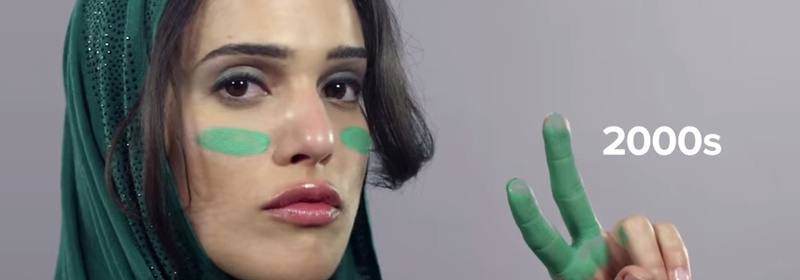Citations
Where applicable, use MLA Formatting and Style principles in your writing for this class. Obviously, you should not worry about such issues as headers and margins and the other stylistic requirements that apply to the printed page, but when you quote sources, use the MLA in-text citation guidelines just as you would if you were writing a traditional paper.
If the only source you are quoting from in your tracing project is Persepolis, you do not need a Works Cited page for this project, but you should have an MLA citation for the text on your splash page. ((If you want to include that citation as a footnote, you might install a plug-in called Civil Footnotes.))
If you have relied on other sources in your project and they are not online, then you should include an MLA citation for those sources as well. If you have relied on online resources in your project, link internally to that work as you do so and include an MLA citation for those sources.
Pages
Once again, all of the Tracing Persepolis project should exist on your site as pages, with a splash page and then a series of subpages underneath that page. The splash page and subpages should be included as menu items on your site for the class.
Post
After you are entirely finished with your project, by midnight tonight, write a blog post that includes a link to the splash page for your project. This blog post will syndicate to the course feed and will serve as mechanism by which you “turn in” this project. Besides the link to the splash page, you should also link to the assignment page. Tag your post “tracing persepolis” and with any other tags you want.
I also want you to write a paragraph or two of reflection in that post–explain what your main goals for the project were, what you found challenging about meeting those goals, and how you attempted to solve those challenges.
(image credit: “231 by Flickr user Jay Peg)






